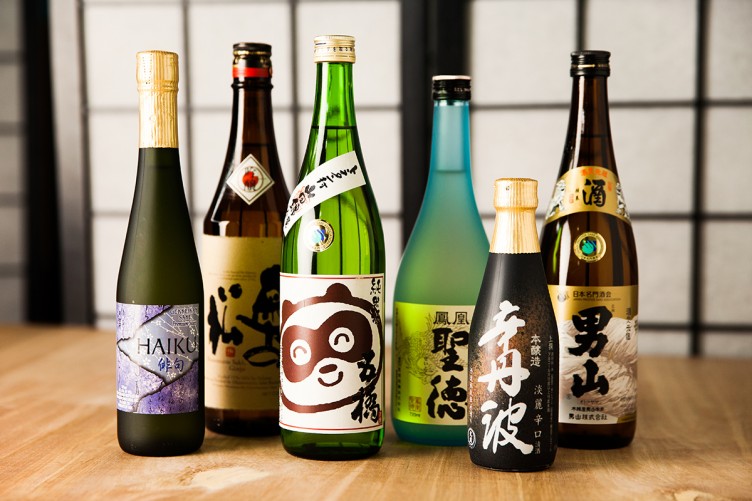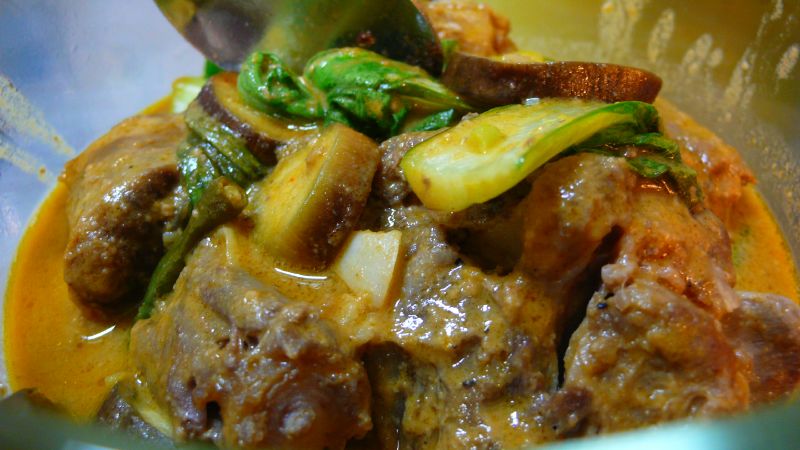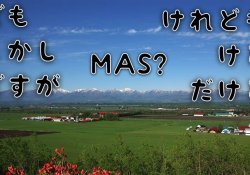Today you will learn how to pronounce food and write fruits, vegetables, meats, food drinks and sweets in Japanese [日本語]. In this organized list you will learn several words and increase your vocabulary.
The Japanese language is quite complex, and it borrows many words from other languages and writes them using Katakana (script used for foreign words). We recommend having some knowledge of the language.
Kudamono [果物] - Fruit in Japanese
| Japanese | Romanization | Translation |
| りんご | ringo | apple |
| ぶどう | budou | grape |
| なし | nashi | japanese pear |
| ようなし | younashi | Pear |
| かき | kaki | persimmon |
| オレンジ | orange | orange |
| レモン | Lemon | lemon |
| ライム | raimu | five |
| グレープフルーツ | gureepufuruutsu | grapefruit |
| バナナ | banana | banana |
| いちご | strawberry | strawberry |
| ブルーベリー | buruuberii | mirtilo |
| さくらんぼ | sakurambo | cherry |
| メロン | meron | green melon (honeydew) |
| すいか | Suika | watermelon |
Curiosities: Japanese apples are much larger than western apples, while watermelons are quite small.
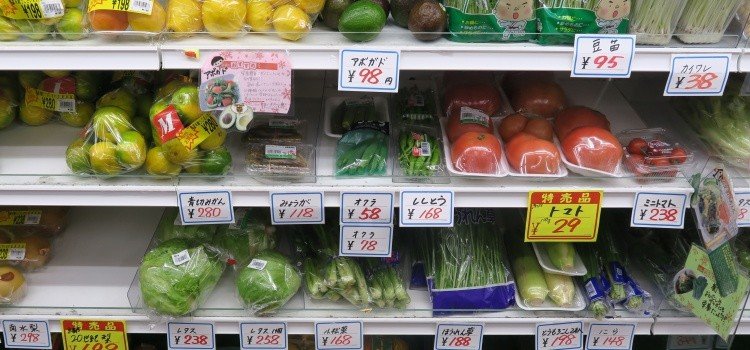
Yasai [やさい] - Vegetables in Japanese
| Japanese | Romaji | Translation |
| にんじん | ninja | carrots |
| セロリ | serori | celery |
| レタス | Retasu | lettuce |
| キャベツ | kyabetsu | cabbage |
| トマト | tomato | tomato |
| ねぎ | deny | green onion (scallions) |
| たまねぎ | Tamanegi | (Round) onion |
| ポテト | Potato | potatoes |
| ブロッコリー | burokkorii | broccoli |
| ピーマン | baby | chili, green pepper |
| まめ | mame | beans (in general) |
| ピース | peisu | peas |
| コーン | koon | corn |
Japanese cuisine uses a lot of vegetables, including many that are unknown in the West. An example of a Japanese vegetable is daikon, which is a giant white radish.
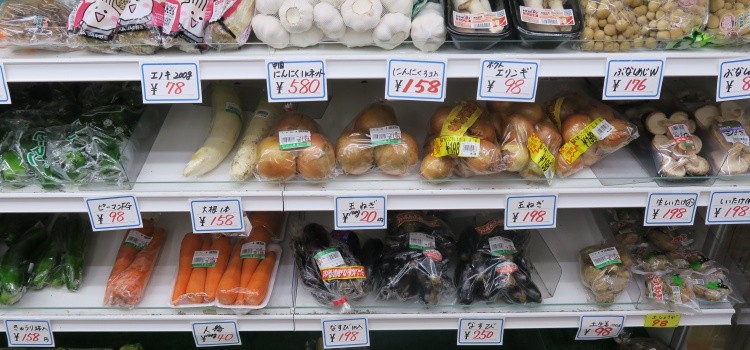
Meat and Fish in Japanese
| Japanese | Romaji | Translation |
| 牛肉 | gyuuniku | meat |
| 豚肉 | butaniku | pork meat |
| ハム | hamu | ham |
| 鶏肉 | chicken | chicken |
| 卵 | tamago | egg |
| 魚 | sakana | fish |
| エビ | ebi | shrimp, shrimp, lobster |
| カニ | kani | crab |
| たこ | tako | dust |
Tori “bird” is used to refer to chicken in the context of food products, as turkey and other birds are rare to find in Japan. In the same way, niku "beef" without further specification generally refers to beef, although butaniku (pork) is cheaper and consumed in greater quantities.
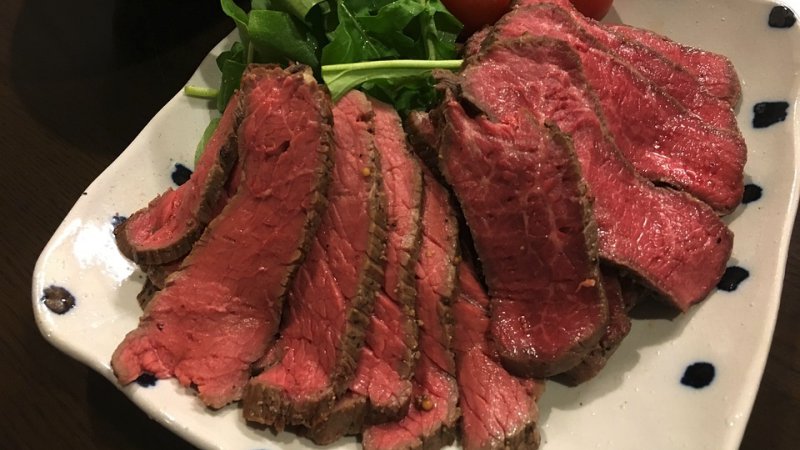
The article is still halfway through, but we recommend also reading:
Dairy products
| Japanese | Romaji | Translation |
| 牛乳 | gyuunyuu | milk |
| ミルク | miruku | milk |
| チーズ | chiizu | cheese |
| ヨーグルト | yooguruto | yogurt |
| アイスクリーム | aisu kurīmu | Ice cream |
Dairy products are not used in traditional Japanese cuisine, but they can still be found in Japanese supermarkets and in Western foods. Both Gyuunyuu and Miruku are common words for milk.
![Food in Japanese - list of words and vocabulary Nyuuseihin [乳製品] - dairy products in Japanese.](https://skdesu.com/wp-content/uploads/2019/04/caixa-de-leite.jpg)
Grains and Pasta in Japanese
| Japanese | Romaji | Translation |
| 米 | eat | rice (uncooked) |
| ご飯 | gohan | cooked rice) |
| 玄米 | genmai | brown rice |
| うどん | udon | wheat noodles |
| そうめん | soumen | Thin Noodles (Noodles) |
| そば | under the | buckwheat noodles |
| ラーメン | Raamen | ramen (Chinese noodles) |
| パン | Bread | bread, rolls, pies |
| 菓子パン | kashipan | sweet bread cakes |
| ピザ | pizza | pizza |
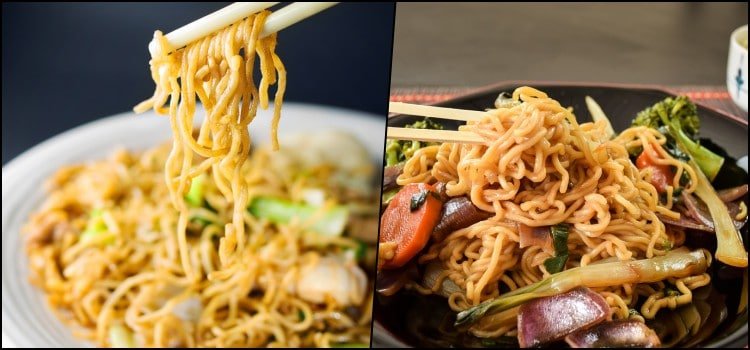
Other remarks:
Japanese rice It is short grain rice, unlike the long grain rice commonly used in the West. Short grain rice is a bit sticky and clumps together, making it easier to eat with chopsticks, but it is not starchy.
japanese noodles - especially only and under the, can be served hot or in a cold soup with a sauce. Noodles is a popular dish in Japanese cuisine.
The real ramen is a style of Chinese noodle soup, which became popular in Japan with its enormous fame. Pan in Japanese can refer to any type of bread or dough.
Nomimono [飲み物] - Drinks in Japanese
| Japanese | Romaji | Translation |
| 水 | mizu | Water |
| お茶 | the tea | green tea, in general |
| 日本茶 | nihoncha | japanese green tea |
| 麦茶 | mugicha | Japanese iced barley tea |
| 紅茶 | koucha | black tea (lit. "crimson tea") |
| コーヒー | koohii | coffee |
| ジュース | juusu | juice |
| オレンジジュース | orenjijuusu | orange juice |
| レモネード | earn | Lemonade |
| ソーダ | sooda | soda pop |
| お酒 | Osake | sake (rice) and alcohol in general |
| 日本酒 | nihonshu | japanese sake |
| ワイン | Wain | wine |
| ビール | beer | beer |
Japanese Seasonings and Condiments
| Japanese | Romaji | Translation |
| 醤油 | Shouyu | soy sauce |
| 油 | abura | oil |
| 酢 | your | vinegar |
| 味醂 | mirin | cooking rice wine |
| 塩 | salt | salt |
| コショウ | Koshou | chili |
| 砂糖 | satou | sugar |
| わさび | wasabi | wasabi ("horseradish" Japanese) |
| ごま | Gum | sesame seeds |
| バター | gown | butter |
| ケチャップ | kechappu | ketchup |
The true wasabi it's a grated root. The green paste found outside of Japan is a cheaper substitute made from horseradish and mustard, two spicy plants. Also read our article on japanese spices.
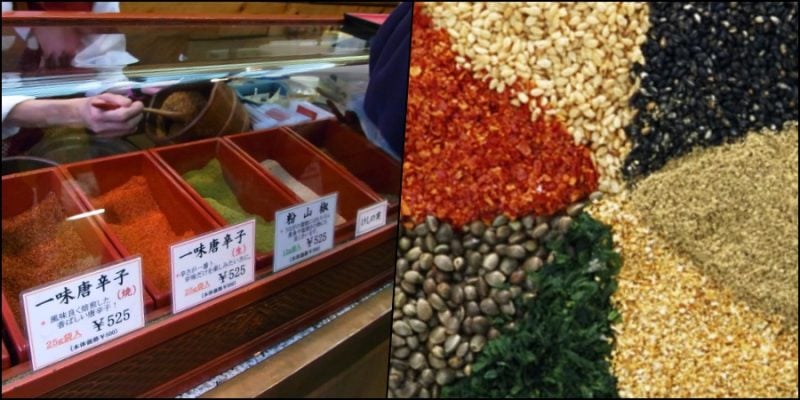
Washoku [和食] - Japanese food at nihongo
Below we will see how to write traditional and Japanese foods. Also quickly understand what each Japanese food is.
| Japanese | Romaji | Translation |
| 寿司 | sushi | rice wrapped in seaweed |
| 刺身 | sashimi | sliced raw fish |
| 天ぷら | tenpura | breaded and fried vegetables and seafood |
| 焼き鳥 | yakitori | chicken in stick |
| 焼肉 | yakiniku | japanese barbecue |
| 焼き魚 | yakizakana | grilled fish |
| 焼きそば | yakisoba | fried noodles with vegetables and meats |
| すき焼き | Sukiyaki | traditional japanese stew |
| お好み焼き | okonomiyaki | japanese pancake |
| とんかつ | tonkatsu | fried pork chop |
| カレー | karee | curry usually served with rice |
| コロッケ | kurokke | fried croquette, usually with mashed potatoes |
| 餃子 | Gyouza | Chinese pastry |
| 味噌汁 | misoshiru | miso soup (soy based) |
| 漬物 | tsukemono = pickled vegetables | Japanese pickle salad |
Yaki [焼き] can mean fried, grilled, roasted and the like. The word comes from the verb yaku [焼く] which means to fry, grill and bake. While not strictly native to Japan, Japanese curry is totally different from Indian curry.
Youshoku [養殖] - Western food in Japanese
| Kana | Romaji | Translation |
| スープ | suupu | soup (any kind) |
| サラダ | healed | salad |
| サンドイッチ | sanditchi | sandwich |
| ハンバーガー | hanbaagaa | hamburger |
| ホットドッグ | hottodoggu | hot dog |
| フライドポテト | furaidopotete | french fries, french fries |
| フライドチキン | fried chicken | fried chicken |
| ステーキ | suteeki | steak |
| スパゲッティー | supgettii | spaghetti |
Note that despite similar names, Japanese versions of Western foods are typically adapted to Japanese tastes.
We also recommend reading: The 100 most popular Japanese meals in Japan
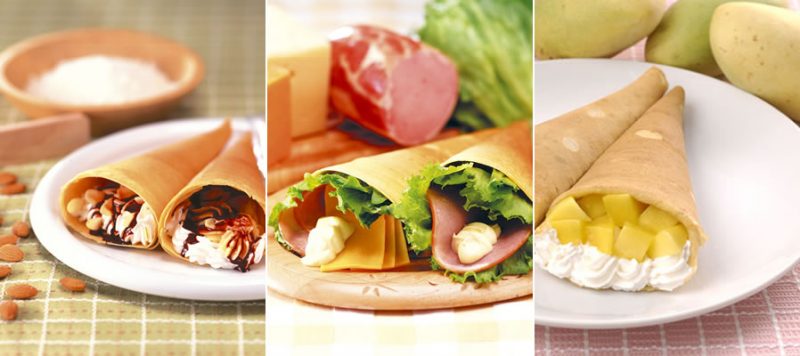
Snacks and Sweets in Japanese
| Japanese | Romaji | Translation |
| チップ | chippu | chips |
| ポップコーン | poppukoon | popcorn |
| クッキー | kukkii | cookies |
| ケーキ | keeki | cake |
| パ イ | dad | pie |
| アイスクリーム | aisu kurīmu | Ice cream |
| チョコレート | chokoreeto | chocolate |
| ゼリー | zerii | jam (gelatin and similar desserts) |
| わがし | wagashi | traditional Japanese sweets (many are cookies) |
Dessert is not traditionally served after meals in Japan (except for fresh fruit), but sweet foods are eaten as snacks or all the time.
Hope you enjoyed the article. Thanks to “japaneseprofessor” for sharing some information from the article. Hope you enjoyed the article. If you liked it, share it and leave your comments.



